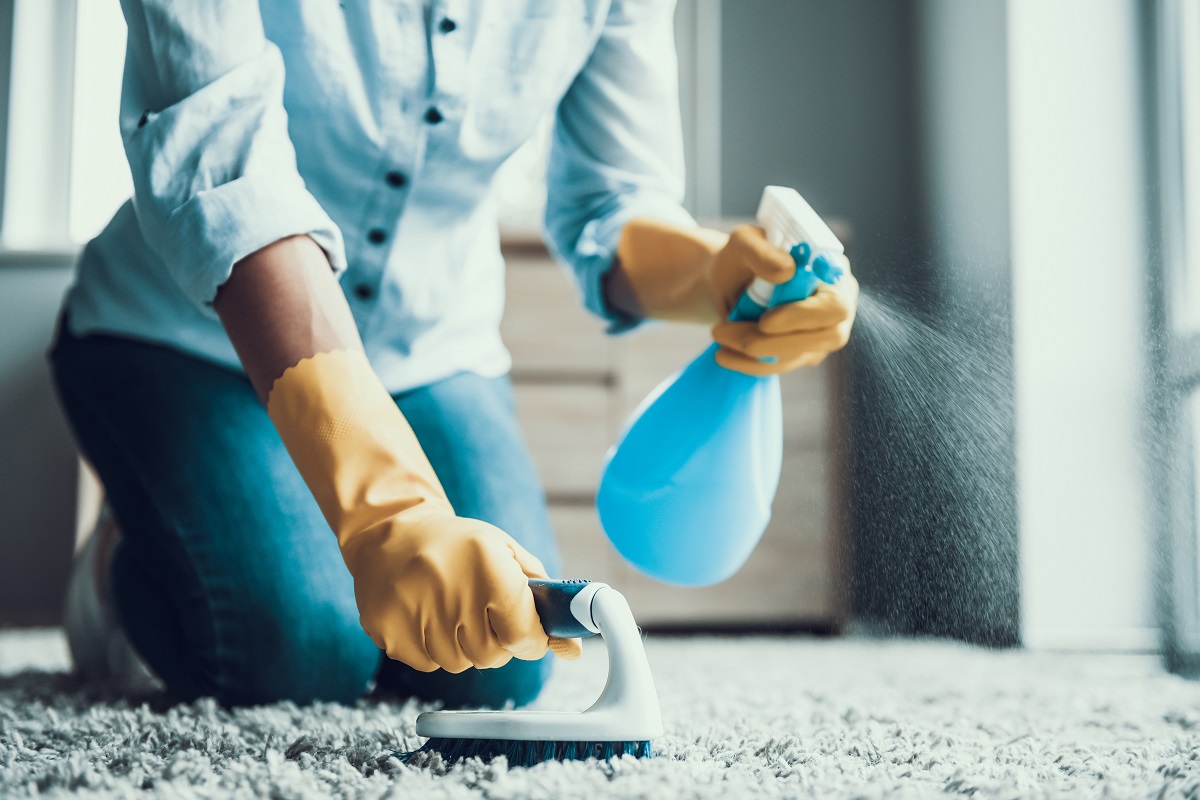Most people spend a significant amount of time at home, and the indoor air quality where you live can have a major influence on respiratory health. Poor air conditions can increase the risk of respiratory illness, or worsen existing conditions among occupants. With the following adjustments and best practices, no matter where you live, you can make a big difference in the quality of your environment at home.
Control the temperature
Studies have shown that simply living in cold housing conditions can lower your overall health status and lead to increased healthcare costs. The World Health Organization recommends that indoor temperature should be maintained within a range of 18-24°C (around 64-75 °F) for living areas. Deviation outside this optimal range can lead to more frequent symptoms of respiratory illness; in the long term, inhabitants of cold dwellings can suffer lower resistance and greater vulnerability to disease and viral infections. To balance the need for thermal regulation with energy consumption, central air installation is an excellent solution, especially in places like Utah where seasonal conditions vary. Using a programmable thermostat helps to maintain the temperature range while the home is occupied, while saving energy when people are away from home.
Ensure sufficient ventilation
Along with temperature, regulating the level of moisture indoors is essential to keeping conditions comfortable and optimal for respiratory health. A humid indoor environment is often a sign of insufficient ventilation and, in some cases, may indicate water intrusion through leaks. These conditions are also conducive to the formation of mold, which can cause irritation or allergic reactions. Moist areas such as the kitchen or bathroom must have functioning exhaust fans. Opening windows to the outside air is a good idea if it’s less humid outdoors; if the day is humid, an indoor dehumidifier, along with the use of electric fans to circulate the air, may prove more effective.
Clean regularly

You wouldn’t associate a messy or dirty home with an increased sense of well-being, and with good reason; this sort of environment may harbor pests such as insects or rats, which are vectors of infectious disease. Not only does frequent cleaning keep the vermin away, but it also prevents the accumulation of dirt, pollen, dust mites, and other irritants. This is especially significant for large fabric surfaces such as carpets or curtains, which tend to harbor such particles. Cleaning them outdoors to dry will effectively deal with a major source of dust in the home; other surfaces should be damp cleaned or vacuumed with a unit that has a HEPA filter installed. This will limit the disturbance of particles and prevent them from being stirred back into the indoor air.
Avoid chemicals
Over the years, many homeowners may wish to undertake improvements or renovations. Often in such projects, substances such as paint or varnish will be used, and these release chemicals which can worsen or trigger respiratory conditions such as asthma. Using low VOC substances for these purposes will minimize the disruption to occupants’ health. Professional contractors may also need to be involved when renovating older homes, as hazardous materials such as lead paint or asbestos could have been used in their construction.
You can’t do much to change factors such as the climate or pollution level where you live, but these practices will help to make your home more livable and breathable for an occupant with a respiratory condition.


